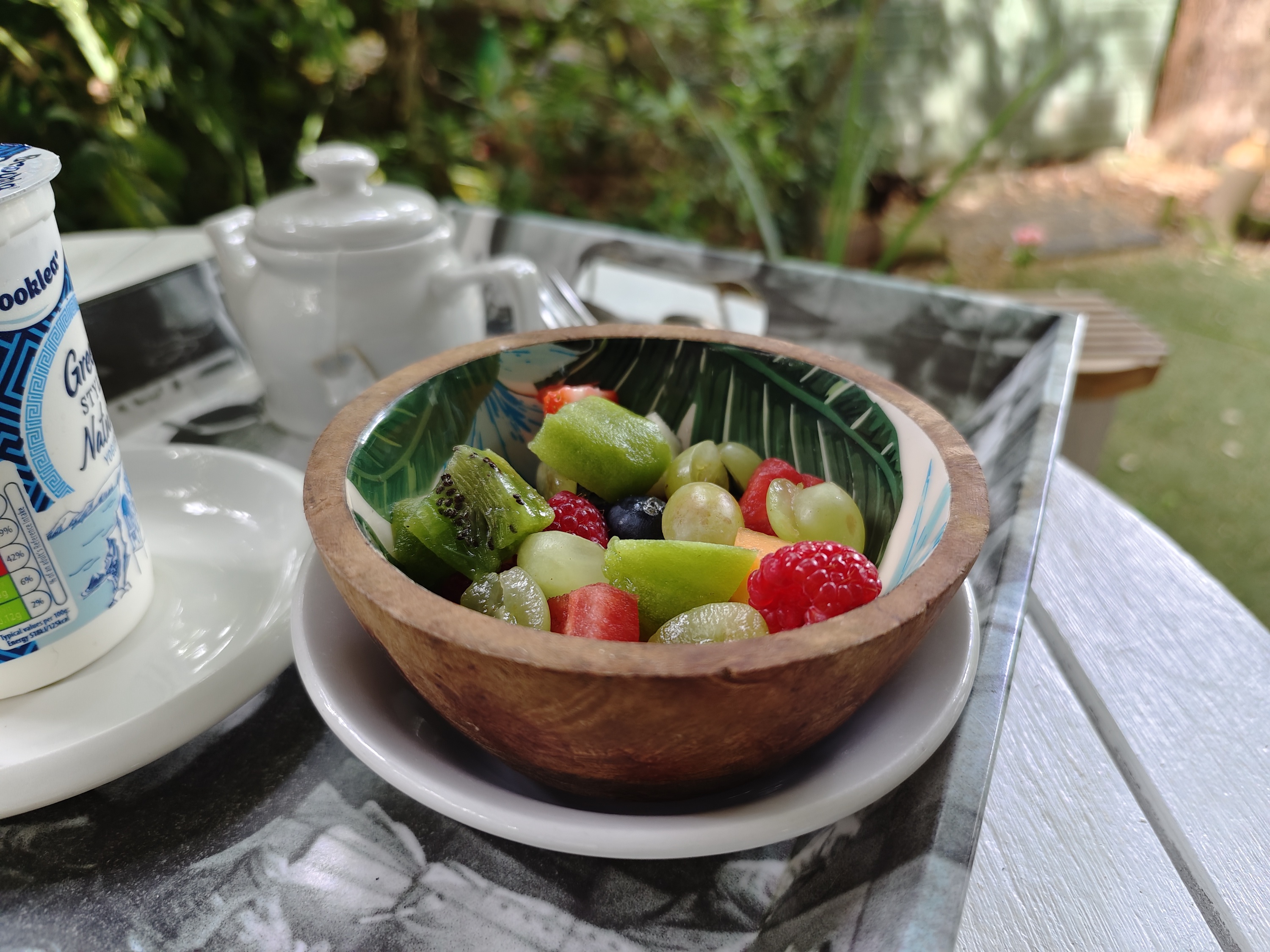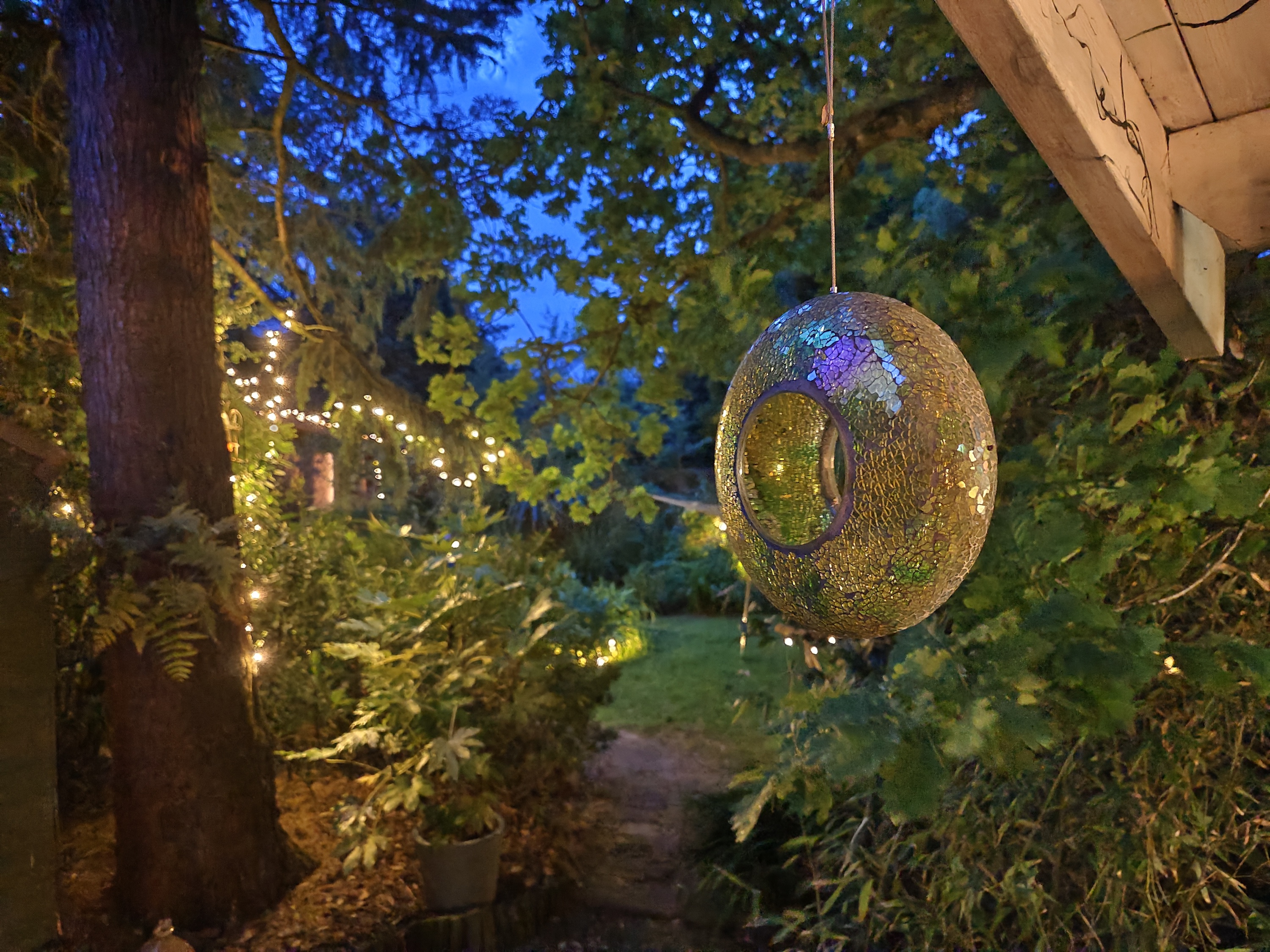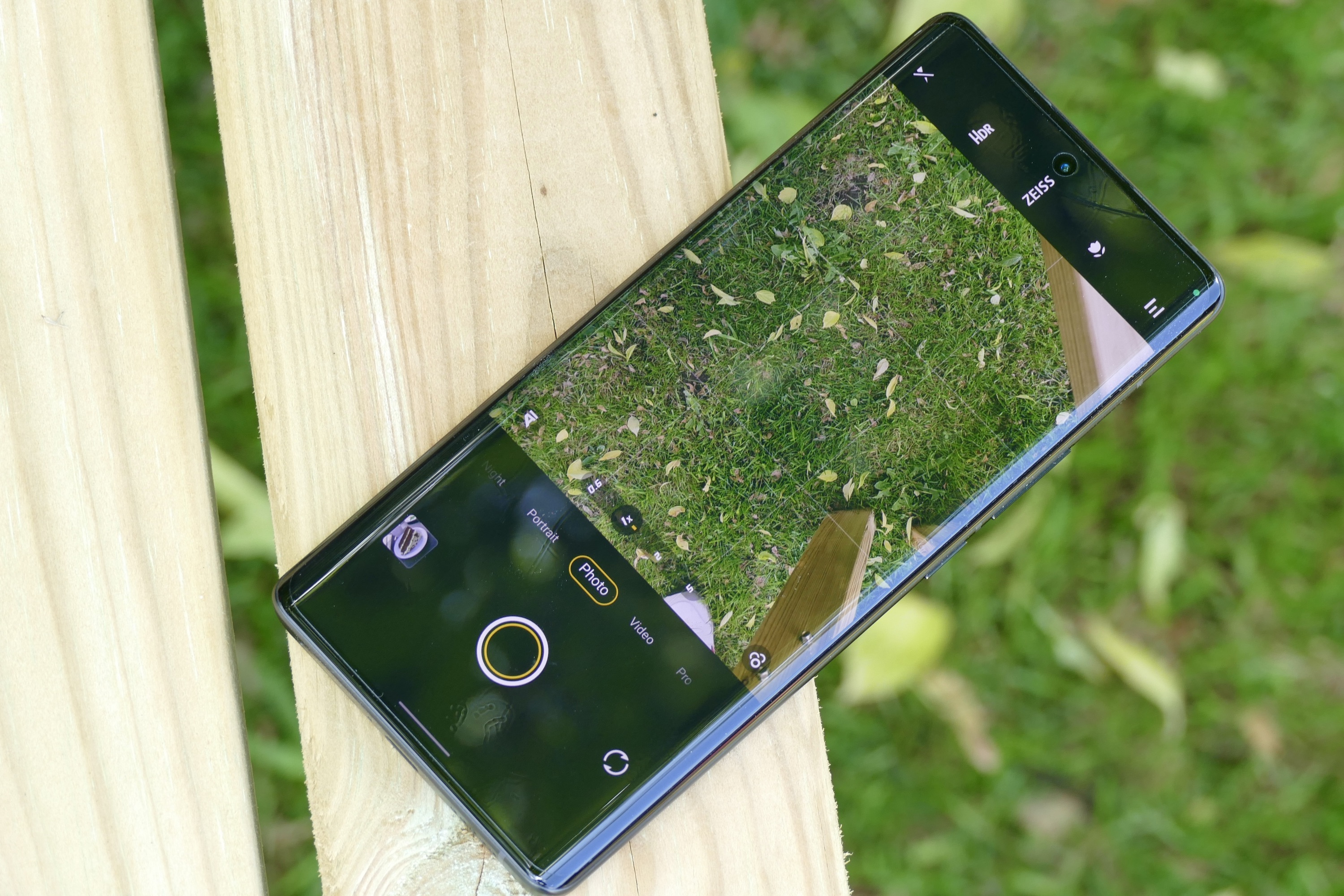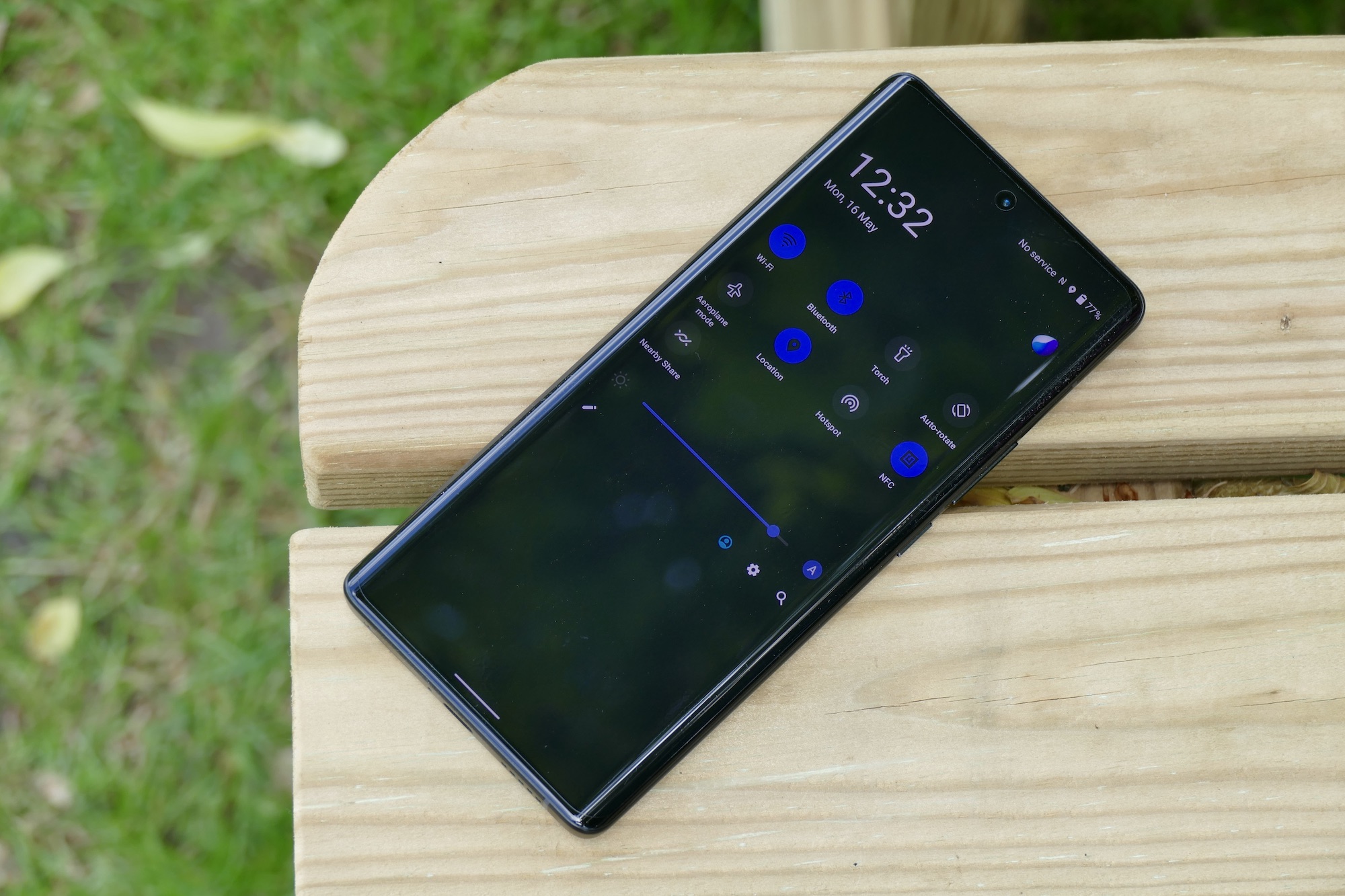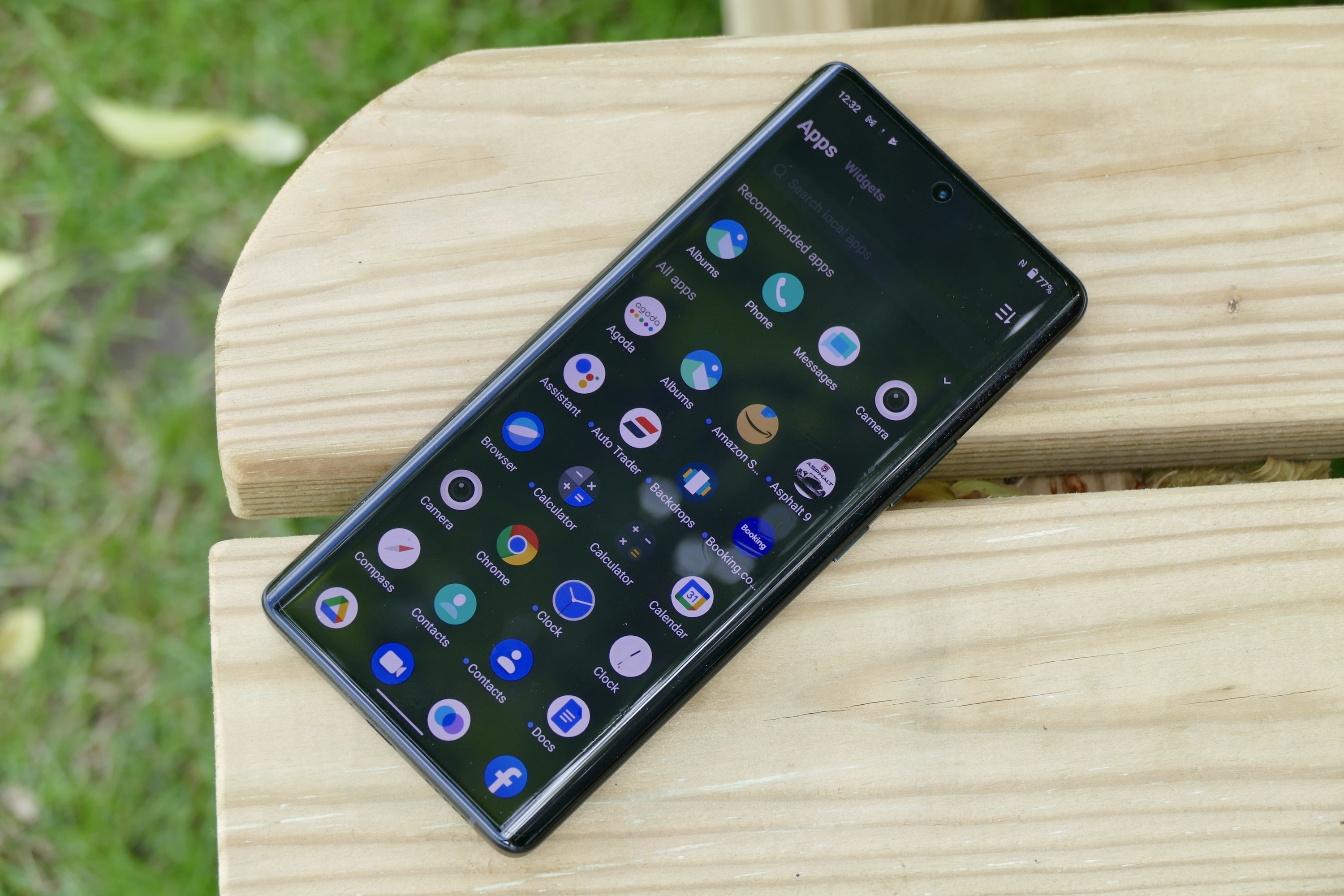The Vivo X80 Pro is not the best-looking phone you can buy. It’s a bit dull to look at, especially in the black color of our review device, and the busy, messy camera module looks unfinished and confused. But inside the module is what is shaping up to be a really strong phone camera.
Looks are subjective and many will ignore them to have a great camera, but another far worse obstacle presents itself to anyone wanting to try the Vivo X80 Pro — availability. The question then becomes, is it really worth the effort to get one?
Camera
That ugly (sorry Vivo, but it is) camera module contains a custom-made 50-megapixel Samsung GNV sensor, a 48MP Sony IMX598 wide-angle camera, a 12MP IMX663 camera for portrait shots, and an 8MP telephoto camera. It’s all controlled using Vivo’s new V1+ imaging sensor and the company’s innovative gimbal stabilization system, while Zeiss has provided its expertise throughout the camera, including adding its T Star anti-reflective coating to the glass lenses.

What else do you need to know about the specifications? Unlike the X70 Pro, the gimbal in the X80 Pro is fitted to the 50mm portrait lens and not the wide-angle lens. Zeiss has worked on the video bokeh mode and the AI for face recognition, as well as added a special color boost mode in addition to the GNV sensor’s new color filter.
Having used the camera over the course of a few days, it has taken some photos I really love. It manages to capture colors in a really beautiful way, adding atmosphere to shots that may not be visible in photos taken with other phones. The Night mode isn’t too heavy-handed, keeping scenes realistic while still exposing detail in the shadows, and the bokeh mode can be uncannily accurate.
What’s not so good? The massive GNV sensor isn’t always very good at working close up to anything. I’ve struggled to capture insects and other small objects of interest at any zoom level, for example. But the fact that I’ve been trying to take these shots speaks to the Vivo X80 Pro’s ability to inspire you to experiment. The wide-angle camera still needs tuning, but it’s fairly consistent with the main camera. Most unfortunate of all is that the gimbal system, which was so successful on the X70 Pro+, has been shifted to the portrait camera.
This means all of the fancy stabilization modes from the X70 Pro+ are missing. It’s a shame, as for me personally, the video mode lost a big selling point and almost all of its unique fun. Finally, the Zeiss Natural Color mode really can oversaturate colors, and is anything but natural. It’s off by default, and the majority of photos in the gallery have been taken without it.

I’ve been really satisfied with the main camera on the X80 Pro, and the selfie camera takes good photos too, but less so with the wide-angle camera and the telephoto. It seems both work best in some situations, then badly in others. Much of this could be cured in a software update — I’m using the phone ahead of release — and due to how sorted the main camera is, I see a lot of potential in the X80 Pro’s camera.
What about the phone?
The Vivo X80 Pro isn’t subtle. The body is 9.1mm thick and weighs 219 grams, which is around the same as the Samsung Galaxy S22 Ultra, while the massive 6.78-inch AMOLED screen sits under curved glass on the front. The back is made from fluorite AG glass, the same as the Vivo V23 series, which is smooth and cool to the touch but doesn’t offer much grip. A plastic frame-style case comes in the box to provide some vague protection.

It has all the power you could want. The Qualcomm Snapdragon 8 Gen 1 processor comes with 12GB of RAM and 256GB of storage space, the screen has a 3200 x 1440 pixel resolution and a 120Hz refresh rate, and there are stereo speakers, 80W fast charging, and 50W wireless charging. The phone uses Vivo’s FunTouch OS 12 software over Android 12.
Despite Vivo being part of the BBK Electronics empire along with Oppo, Realme, and OnePlus, FunTouch manages to look and operate in a different way from ColorOS, RealmeOS, and OxygenOS. I find it more attractive to look at, the design more cohesive, and interruptions less common. I also think it’s smoother and faster.
I haven’t used the phone as my main phone yet, but I have used it to browse the internet, use social media, watch videos, and play games. Regardless of what I do, it has been a real powerhouse. The screen is a particular standout, with Asphalt 9: Legends playing faultlessly and the 120Hz refresh rate kicking in at exactly the right times (scrolling through Google Discover and YouTube comments, for example).
Special mention needs to go to the fingerprint sensor. It provides twice the contact area you find on most other phones, making it less important to be super accurate when you go to unlock the phone. Vivo has experimented with large fingerprint recognition systems before, but unlike the Apex prototype phone, accuracy has been 100% for me on the X80 Pro.
Availability
If you live in the U.S. or the U.K., the Vivo X80 Pro won’t be for sale in your local carrier store or electronics retailer. It won’t even be found online through Vivo. The X80 Pro will so far only be released in India, Hong Kong, Latin America, parts of Asia (including Thailand and Singapore), and in parts of Europe and the Middle East. Price will vary, but in India, it’s the local equivalent of $1,125, which is less than the Samsung Galaxy S22 Ultra.
Why can’t we have it?
The lack of U.S. and U.K. availability for the Vivo X80 Pro is frustrating for several reasons. The first is that it’s looking like a great phone, and an obvious challenger to the Galaxy S22 Ultra, the Google Pixel 6 Pro, and the Apple iPhone 13 Pro. The second is that the U.K. is inundated with phones from Realme and Oppo, as well as OnePlus (which is now part of the same club), so true choice, especially when it comes to software, is being eroded.

Vivo may still be part of the same business, but its phones at least feel different. It doesn’t have Hasselblad’s name on the camera, it doesn’t have ColorOS installed, and the camera really does something different from the Find X5 Pro, the OnePlus 10 Pro, and the Realme GT 2 Pro. The fact that the Vivo X80 Pro impresses just as much as any of these three phones (sometimes more) makes it even more annoying that it’s the hardest to get.
The Vivo X80 Pro is one of the few phones that’s probably worth going through the hassle of importing, and we hope those at BBK Electronics that watch over the different brands will see that we’re more interested in an individual Vivo phone than yet another Oppo phone clone.







